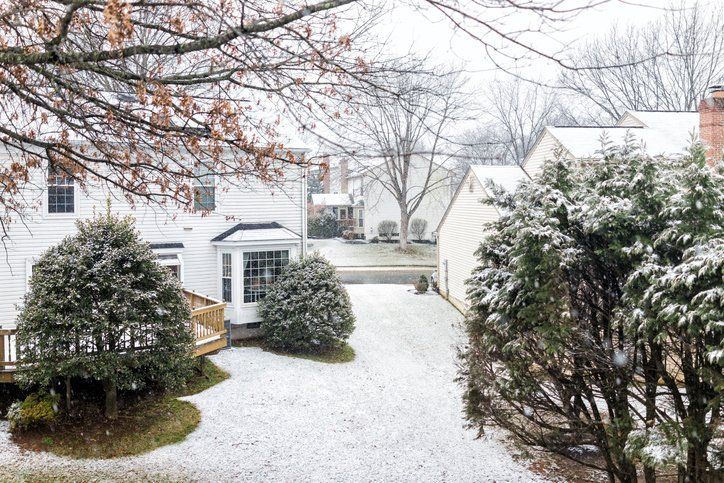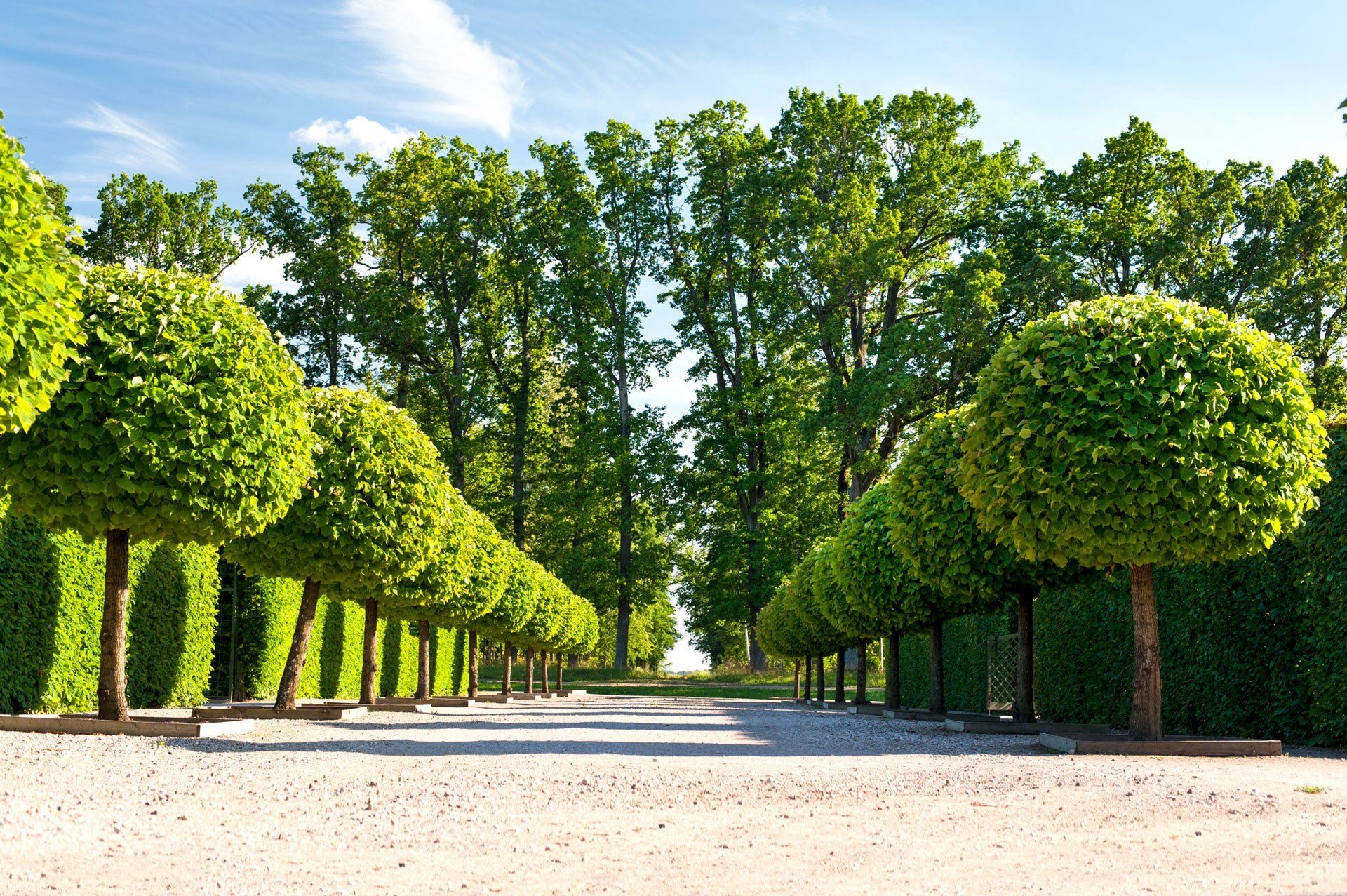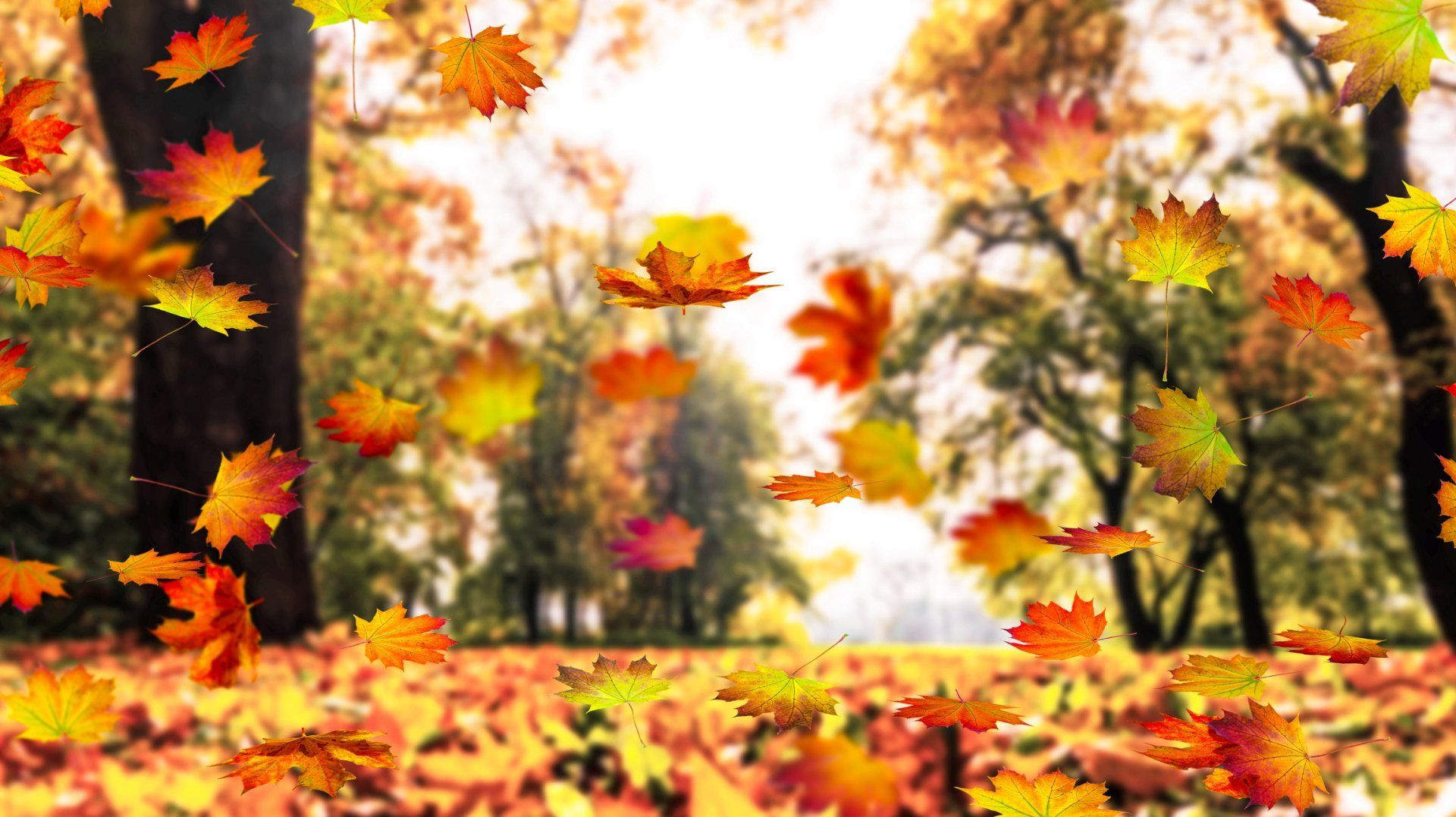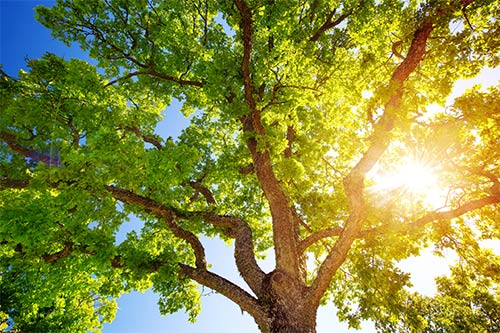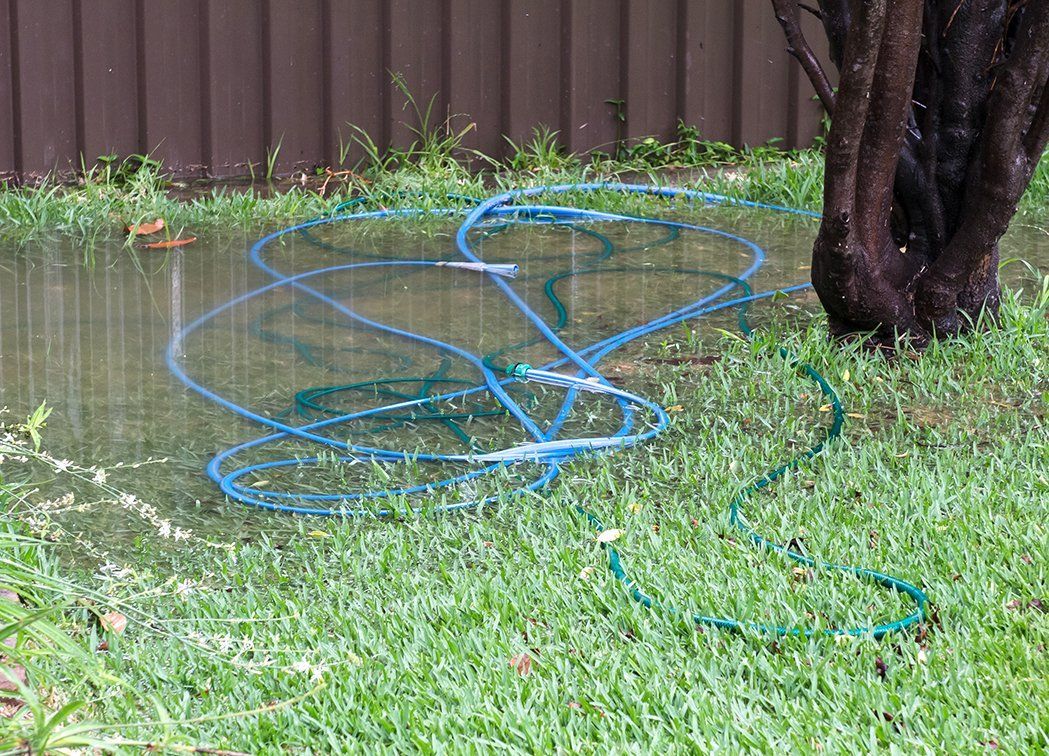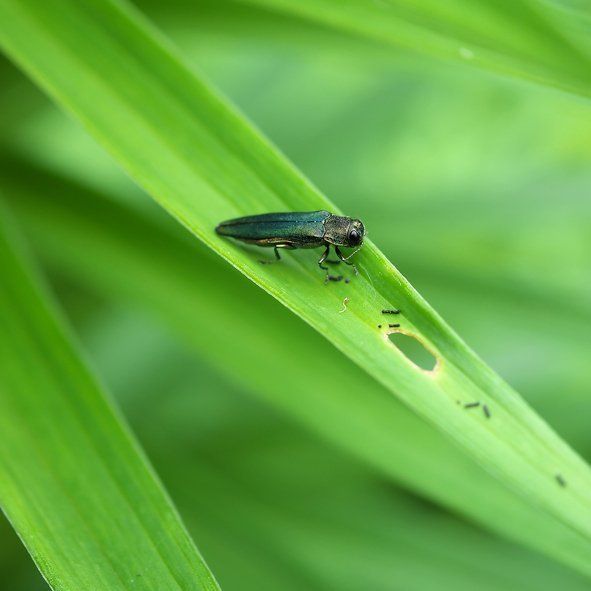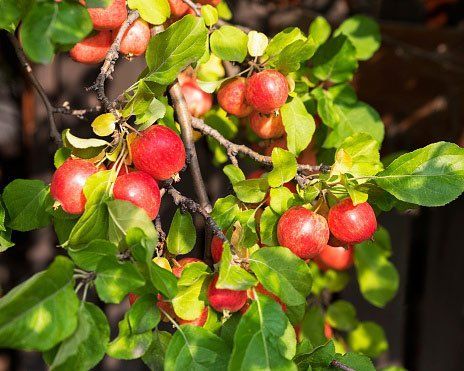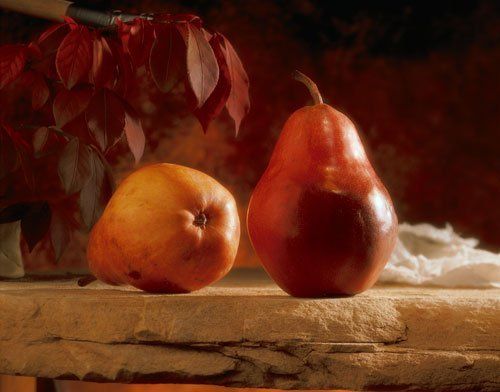3 WAYS TO INCREASE YOUR LANDSCAPE'S CURB APPEAL
By Admin • July 8, 2018
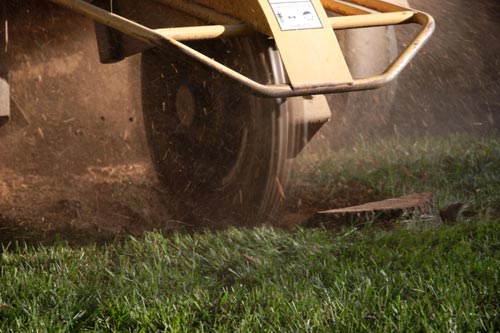
Your landscape tells a lot about your home, and having uneven trees, rotting stumps, and other foliage nuisances adorning your landscape can reduce your home's curb appeal. Here are three ways you can make your landscape look much better without adding curbing, planting more shrubbery, or doing any other major remodeling; all you need is a skilled arborist.
1. Trim Trees
A yard that looks well cared for increases your home's value by up to 28%. One way to give your yard the upkeep it needs is to have your trees trimmed by a tree specialist.
Trimming your trees provides many benefits, including the following.
Better Shade Production
Tree trimming, in the form of thinning branches, leads to better shade production in larger trees by allowing sunlight to nourish the inner branches. A tree specialist trims each tree in accordance with its species for optimum shade production.
Better Tree Health
Trimming trees involves the removal of heavy, dead, or dying branches that can affect the livelihood of your trees. Weak tree crotches are also removed to prevent branch breakage.
Better Tree Shape
Shaping trees is one of the best ways to add instant beauty to your home's landscape. Some trees are best suited to a rounded shape, while others are better off being domed for optimum appeal.
Better Tree Production
Fruit-bearing trees, in particular, benefit from trimming. Excessive branch growth in a fruit tree leads to over-production of produce (making produce smaller and less tasty as a result). Trimming fruit trees results in larger, healthier fruit production.
2. Remove Stumps
Tree stumps take up a lot of space in your landscape, interrupting the flow and attractiveness of your yard. There are other reasons to have a tree stump removed.
Stumps Rot
A rotting tree stump becomes a host for fungi. You can prevent algae and mushroom growth in your yard by having rotting tree stumps removed.
Stumps Host Parasites
Ants, bees, and even rodents make nests inside vacated tree stumps. Removing stumps prevents parasites from living in your yard.
Stumps Are Dangerous
A tree stump creates a tripping hazard in your yard. Even small tree stumps can be tripped over or can damage yard equipment, such as weed whackers and lawn mowers.
Stumps Allow Tree Growth
Some tree stumps are still actively growing, supplying nutrition to small sucker trees that grow around the wood. A tree stump that remains in your yard can lead to future unwanted tree growth.
A professional tree specialist removes tree stumps by using a stump grinder. A stump grinder digs a stump out at its base. After the stump is removed, fresh sod or grass seed can be placed over the area to hide all former existence of the stump.
3. Remove Excess Trees
There is such a thing as having too many trees in your yard. Whether you have many fruit-bearing trees and can't keep up with fruit production or your trees are crowding one another out, when additional trees start to take over your property, your landscape appears more like a disheveled jungle than an inviting area to play or entertain.
Your tree arborist will decide which trees should be removed from your property based on the types of trees you have (some species of trees are more of a nuisance than others), placement of trees, and your personal wishes for upgrading your landscape.
Never attempt to remove a tree stump or trim your trees on your own. You can do serious damage to your landscape. Our skilled tree specialists at County Tree Service will assess your landscape's needs and make renovations to your trees; call us today to schedule an appointment.

